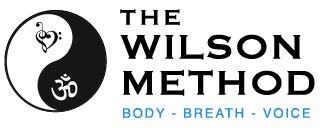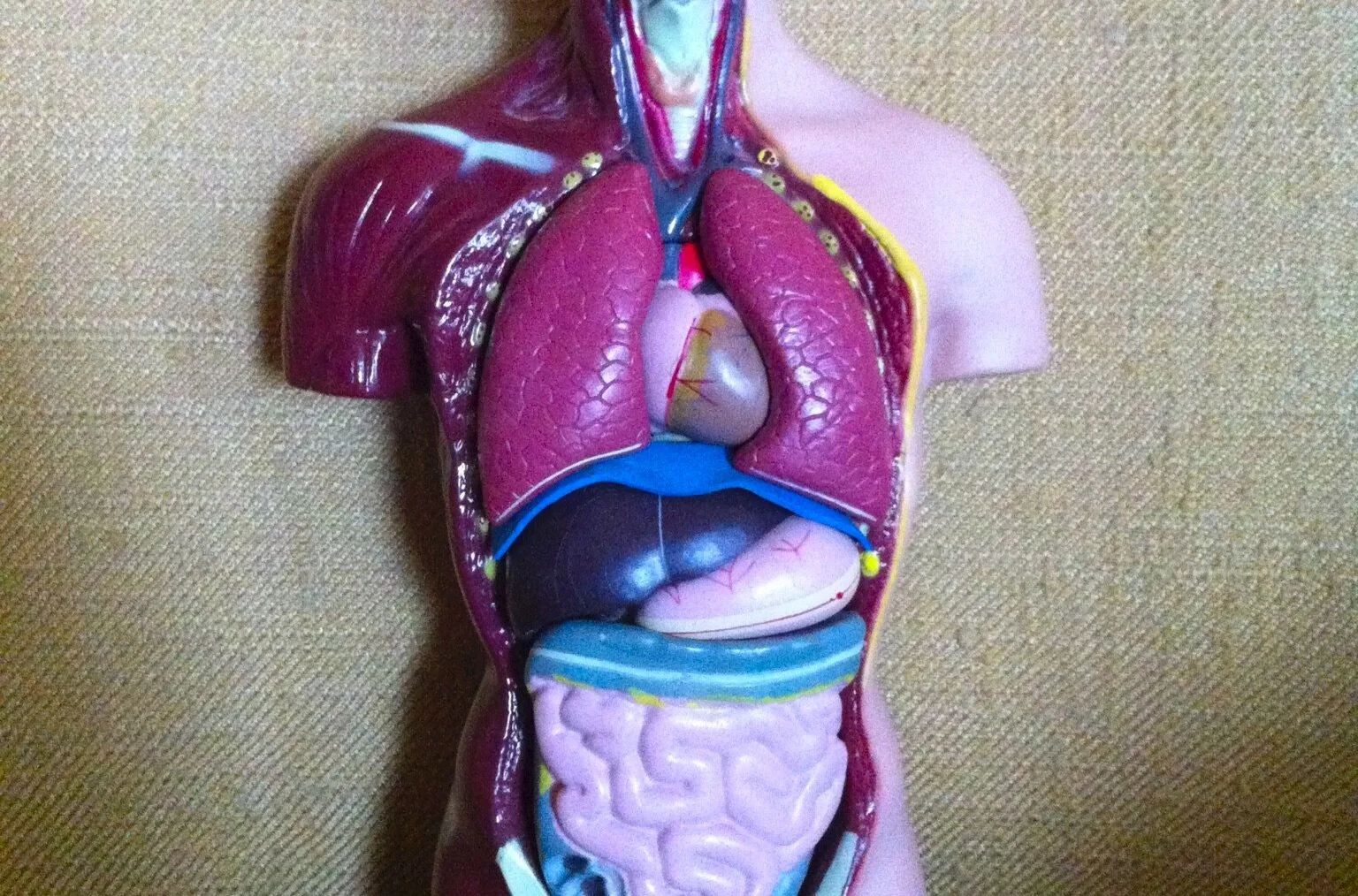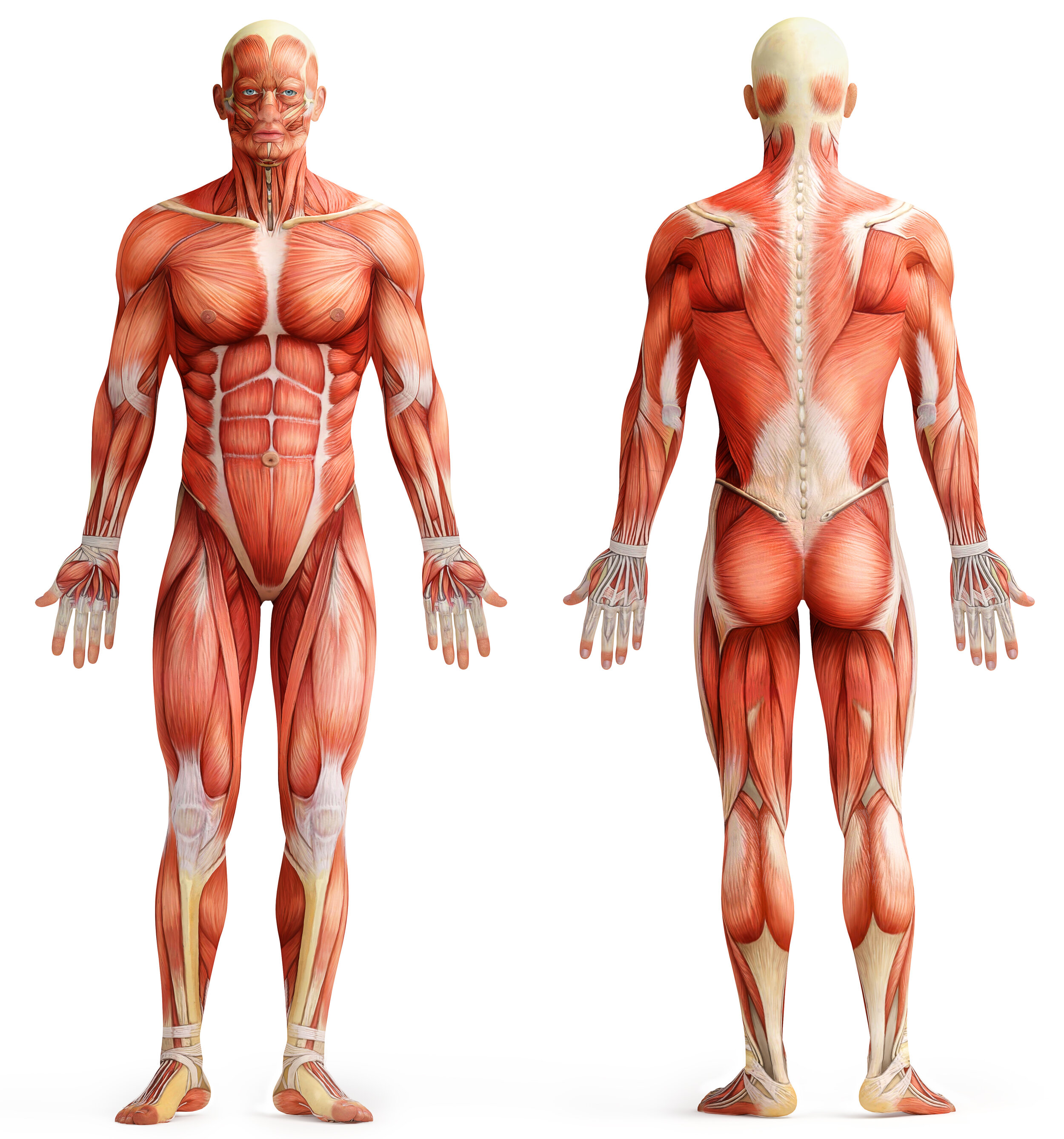The key? That I teach it differently to every student. Because every student is going to feel it differently, because that’s how the system works. Head-based terminology for an internal feeling that cannot be accurately described because a) it can’t, and b)the sensations are different for everybody, and c) the terms used are so loaded with confusion, is at best, not helpful and at worst, damaging and carreer ending and joy-killing.
This is why, 15 years ago I created a series of dynamic (breath, diaphragmatic, costal tension-releasing) yoga poses that simulate the act of “support”... I had to invent a way around the problematic (ie head-based) problematic terminology that you are talking about.
At the beginning stages I call it “The Whoosh” 🚀 and connect it to text, and to joy and excitement of singing and expressing. (Anything to get them noticing, not thinking). 🥳 The student feels it, then I ask THEM to describe the feeling and ‘voila’
Then, as a concept *after the fact* I explain functionally what’s going on, pivoting from their words only. So they are discovering their own concept of support from the inside out.
Once they are grasping this, I get them to read “Great Singers on Great Singing” by our fabulous Canadian baritone, so they can see how:
A) everybody feels support differently.
And more importantly;
B) that the manner in which many great singers describe what is going on in their bodies isn’t necessarily physiologically what’s happening. (And that’s kinda ok if you see the big picture).
Once their own internal feeling and sound-resultant hearing concept of proper singing is engrained, I hit ‘em with my “Top 6 Breathing Errors” and why I don’t use loaded terms like “support”, “pressure”, “loud”, “lift your soft palate” or the worst one, “open your throat”.
We Sing to Support, not Support to Sing.






























